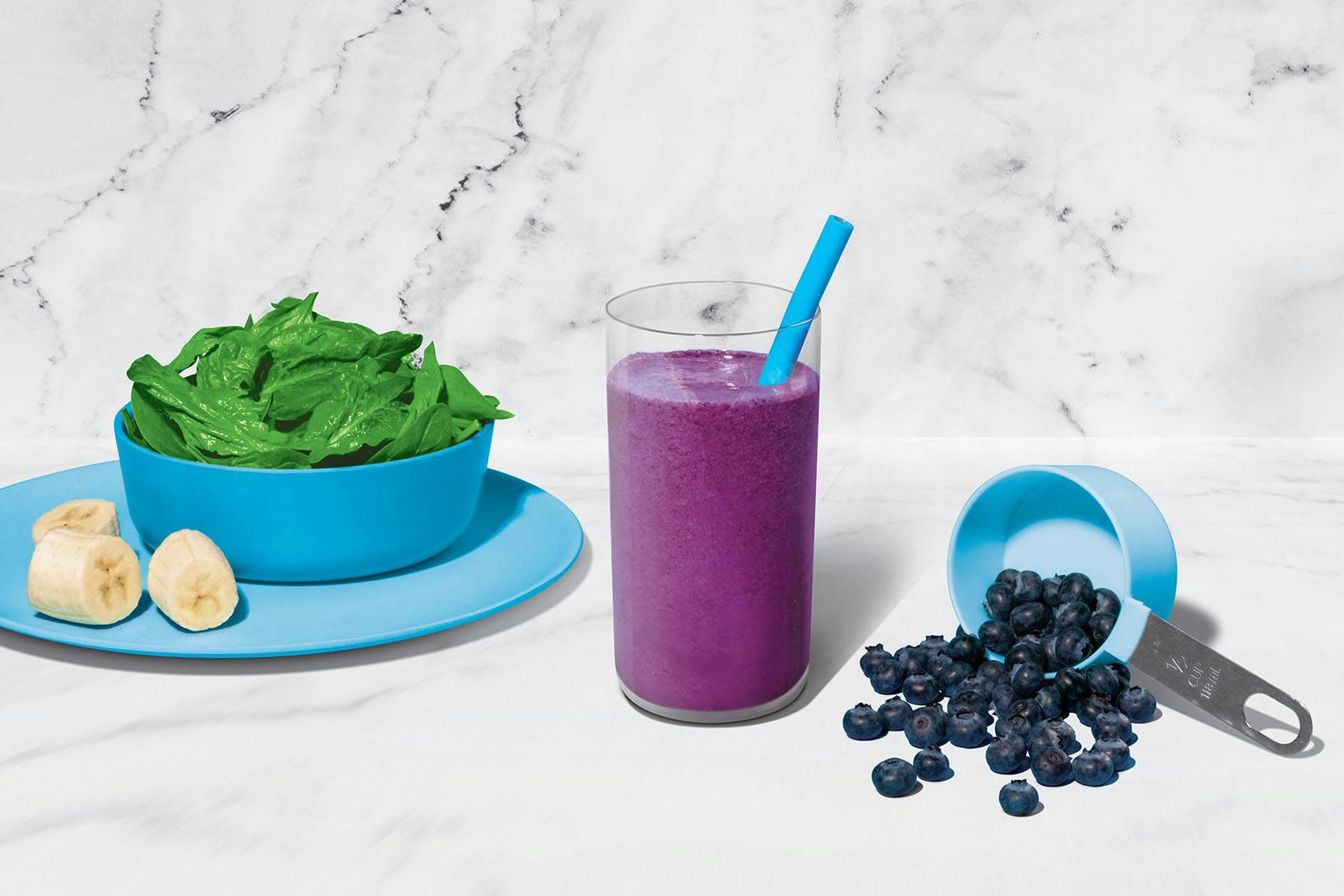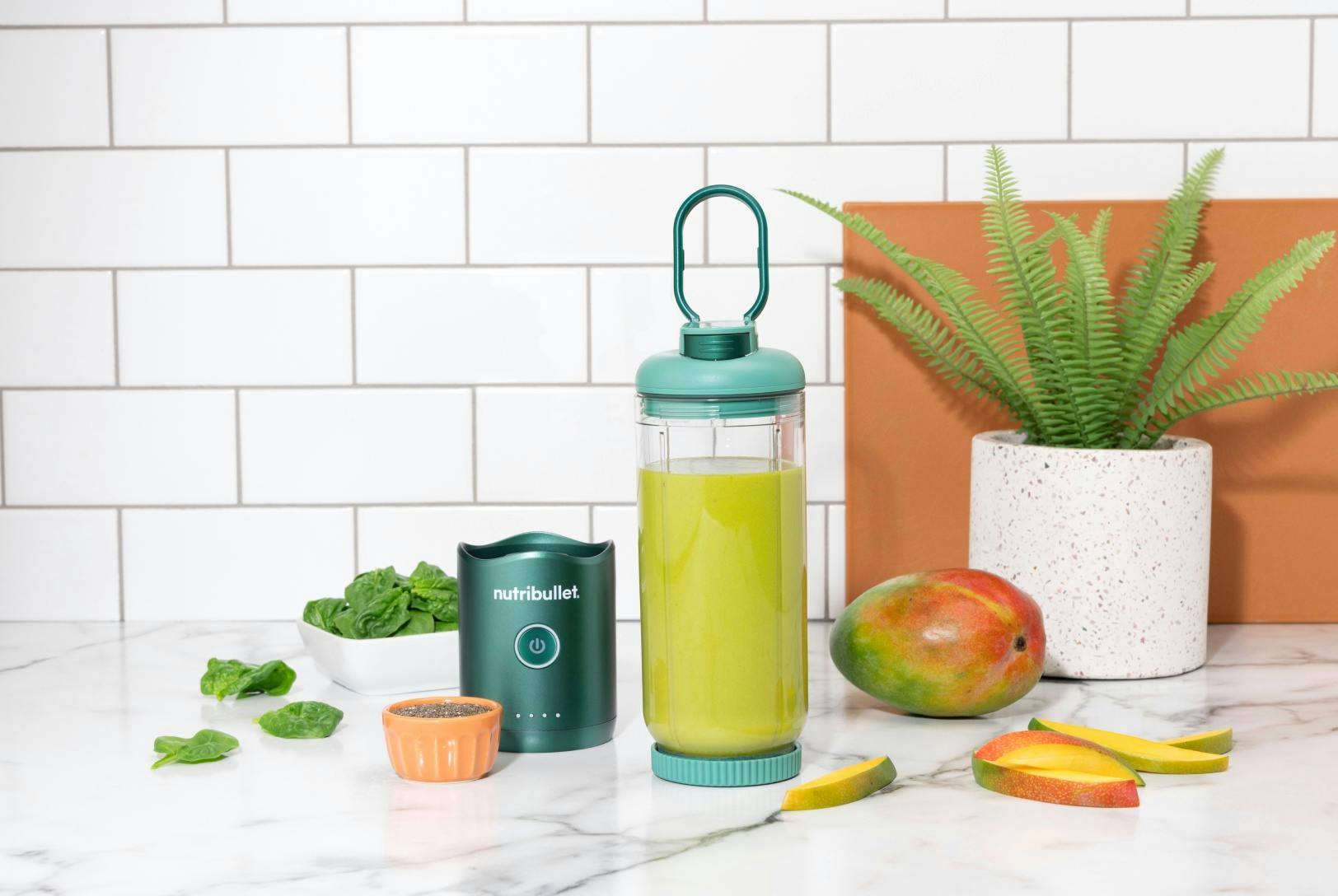FREE shipping on US orders over $45!
Your cart is empty!
FREE 1-year warranty on all blenders and juicers
More to Consider
nutribullet Pro 900
$98.99
nutribullet
$59.99







Taxes and discounts calculated at checkout.

nutribullet
July 6, 2016
nutribullet
Nutrition made easy. At nutribullet, we believe that good nutrition has the power to transform lives. Our products, from our blenders to our blends, make nutrition fun and hassle-free for any lifestyle. So, if you're looking for a simple way to be healthy, we've got you covered.
For many people with diabetes, carb counting is everything. But not all carbs are created equal! A powerful tool that can help you balance your body’s response to different carbohydrates and keep your blood sugar levels more stable is a tool known as the Glycemic Index.
According to the American Diabetes Association, the Glycemic Index, or GI, measures how certain foods affect blood glucose levels. Foods are ranked based on how they compare to a reference food, usually either glucose or white bread. The lower their rank on the Glycemic Index, the more diabetic-friendly they are.
Below are examples of foods and their ranking on Glycemic Index:
Low GI Foods (55 or less)
Medium GI Foods (56-69)
High GI Foods (70 or more)
Most fruits are low glycemic, with the exception of melons, pineapples, and a handful of other fruits. However, the riper the fruit is, the higher the GI. The same applies to vegetables. Also, foods that are highly processed or have longer cooking times tend to have higher GI.
Ultimately, you want to eat a diet filled with nutritious foods that are low on the Glycemic Index to keep your blood sugar from rising too much. If you opt for a high glycemic food, balance it out with a low glycemic food. While the GI helps you fine-tune your carb-counting, it doesn’t replace it. Therefore, it’s important to have a clear understanding of food groups and serving sizes to better manage your diabetes and/or weight.
Overview
When counting carbohydrates, there are four major food groups to consider:
Each of the servings listed above has about 15 grams of carbohydrates. For each meal, you can have up to 3 servings, ideally of fruit, dairy, and starch for a total of 45 grams of carbohydrates. If you’re very active, you can have up to 4 servings, or 60 grams of carbs.
Remember that this doesn’t account for protein or vegetables, which are also important parts of a healthy and balanced diet. If you consume 3 servings of carbohydrates, add 3 ounces of protein. If you have 4 servings of carbs, add 4 ounces of protein. And, at every meal, fill half of your plate with vegetables.
It takes a lot of discipline and effort to learn and apply all of this information toward a healthier lifestyle, but it’s not impossible. Healthy habits are built over a period of time, so start taking small steps today. Choose pumpernickel over white bread, sweet potato over russet potato, or lima beans over macaroni and cheese. For breakfast, have a vegetable omelet as a quick and easy way to squeeze in your veggies early on in the day. You can also have organic, plain yogurt with a fruit on the side as a healthy snack for on-the-go.
By making small, healthy changes and using the Glycemic Index to create a diet plan that works best for your lifestyle, you can better manage your overall health.

Is there such a thing as a perfect smoothie? This sweet medley certainly makes a strong case. With a classic combination of blueberries, banana, and spinach, this superstar smoothie provides a powerful nutrient boost!

Consider this blend the little black dress of nutribullet smoothies: it never goes out of style. To help keep your energy stable throughout the day, aim to balance your meals and snacks with high-quality protein, healthy fats, and fiber-filled carbs – like this combo of Greek yogurt, peanut butter, fruit, and veggies. There’s a reason this one is always on-trend.

Start your day on a high note with this nutritiously cheerful blend of greens, mango, banana, and chia seeds.